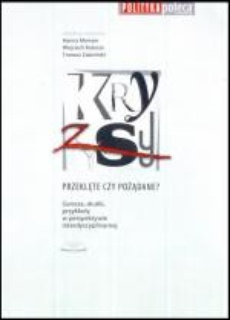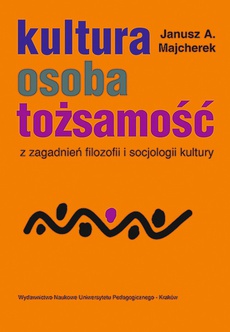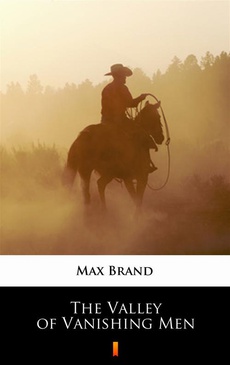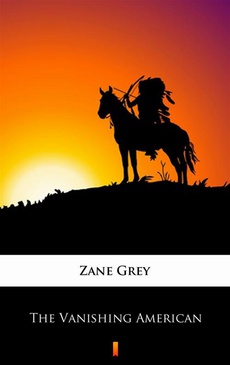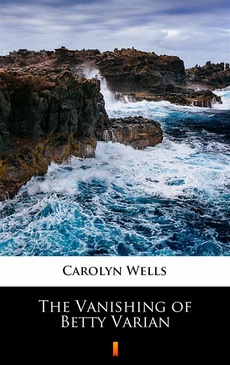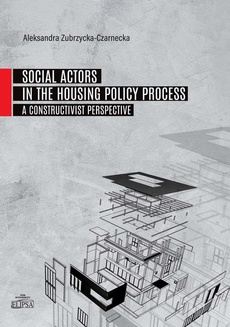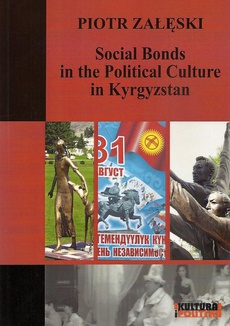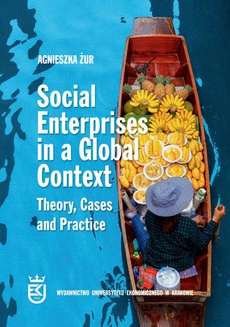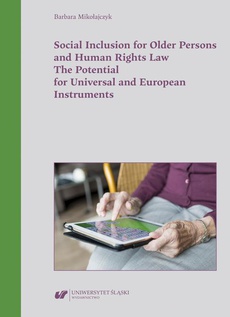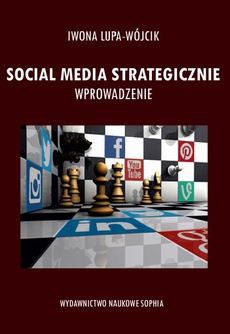POLECAMY
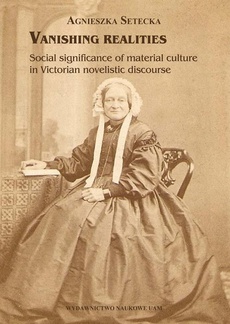
Vanishing realities. Social significance of material culture in Victorian novelistic discourse
Autor:
Format:
ibuk
Książka ukazuje realistyczną powieść wiktoriańską jako ważne źródło historyczne dotyczące życia codziennego dziewiętnastowiecznej Anglii. Koncentruje się ona na powieściowych przedstawieniach wybranych aspektów kultury materialnej, takich jak ubiór, dom i jego organizacja oraz czas wolny. Głównym założeniem książki jest przekonanie, poparte teoriami Nowego Historyzmu, że powieść nie jest zupełnie niezależną od świata zewnętrznego fikcją ani jego prostym odwzorowaniem, ale może być traktowana jako jeden z dyskursów, który kształtował percepcję rzeczywistości, a świat materialny przedstawiony w powieści staje się punktem stycznym dla dyskursów dotyczących klasy, moralności czy prywatności. Czytanie powieści jako źródła historycznego umożliwia zatem dogłębniejsze zrozumienie procesów kształtowania się kultury wiktoriańskiej, która jest rozumiana jako efekt ciągłych negocjacji czy tarć między ideologiami. W książce analizowane są powieści takich pisarzy jak Anthony Trollope, Wilkie Collins, Elizabeth Gaskell, George Eliot, Dinah Craik i innych, którzy swe powieści opublikowali od lat czterdziestych do lat siedemdziesiątych dziewiętnastego wieku.
| Rok wydania | 2013 |
|---|---|
| Liczba stron | 342 |
| Kategoria | Socjologia kultury |
| Wydawca | Wydawnictwo Naukowe Uniwersytetu im. Adama Mickiewicza |
| ISBN-13 | 978-83-232-2568-3 |
| Numer wydania | 1 |
| Język publikacji | polski |
| Informacja o sprzedawcy | ePWN sp. z o.o. |
Ciekawe propozycje
Spis treści
| List of abbreviations | 7 |
| Acknowledgements | 9 |
| Introduction | 11 |
| Chapter One: “[A] single drop of ink for a mirror”: The historical validity of realist fiction | 23 |
| 1. The novel and history | 25 |
| 2. New developments in contemporary historiography | 32 |
| 3. New and Old Historicism | 37 |
| 4. “Historicity of texts” and “textuality of history”. Literature as a historical source | 43 |
| 4.1. Literary and non-literary texts | 44 |
| 4.2. The realist novel | 52 |
| 4.3. Textuality of history and the problem of reference; referentiality and truth | 63 |
| Chapter Two: Culture and ideology | 69 |
| 1. “Culture and civilisation tradition” | 70 |
| 2. T.S. Eliot and his anthropological definition of culture | 76 |
| 3. From cultural studies to the poetics of culture | 79 |
| 4. Culture, ideology, literature | 100 |
| Chapter Three: Society “[h]ooked and buttoned together, and held up, by Clothes”. The relationship of sartorial codes to class and morality | 107 |
| 1. Traditional sources for histories of costume | 109 |
| 2. “Clothes ( .) are so unspeakably significant”: Clothing as a signifying practice | 113 |
| 3. “Finery is not gentility”. The relation of clothing and social position | 121 |
| 4. “[E]ar-rings and fine gowns and caps”: Clothing as an expression of moral values | 131 |
| 5. To “sham decently”: Destabilising relations between clothes and virtue in Ruth and East Lynne | 139 |
| 6. “[C]oncealing natural deficiencies”: Clothes and deception in Victorian fiction | 151 |
| 6.1. “[G]ive her a part to play”: dress as disguise in The Eustace Diamonds | 155 |
| 6.2. Tactical use of dress in Can You Forgiver Her? | 167 |
| 6.3. “A lady is a woman who wears a silk gown”: Dress as constitutive of class in No Name | 174 |
| Chapter Four: “[A] temple of the hearth watched over by Household Gods”: the representation of the domestic sphere in Victorian fiction | 181 |
| 1. The novel and traditional historical sources on the Victorian home | 184 |
| 2. “[A] chasm about four feet wide, and two deep”: the Victorian home and its borders | 186 |
| 3. The heart of a home: An ideal parlour | 189 |
| 4. The parlour and the kitchen | 208 |
| 5. A woman’s kingdom and the feminine influence | 219 |
| 5.1. Women leaving the domestic haven: Dinah Craik and Frances Power Cobbe | 222 |
| 5.2. “The petticoat government”: Home as an arena of public life | 225 |
| 5.3. “The one great drawback to the life of women is that they cannot act in politics” | 238 |
| Chapter Five: To “labour at pianoforte sonatas”: The representation of work and leisure in Victorian fiction | 249 |
| 1. Victorian concepts of leisure and work | 252 |
| 2. Work and leisure or work as leisure: Charlotte Yonge’s The Heir of Redclyffe | 257 |
| 3. An accomplished lady and a professional woman | 266 |
| 3.1. “[M]y darling playmates once, must be my sober toil-fellows now”: the novelistic representation of women artists | 269 |
| 3.2. “[A]ll more or less ply the busy needle”: the representation of needlework in Victorian literature | 282 |
| 3.3. “Elegant economy” or disguising work and poverty: Elizabeth Gaskell’s Cranford and Anthony Trollope’s Prime Minister | 295 |
| 4. “Something to do”: Dinah Craik’s glorification of work | 306 |
| Conclusions | 317 |
| References | 321 |
| Streszczenie | 339 |








